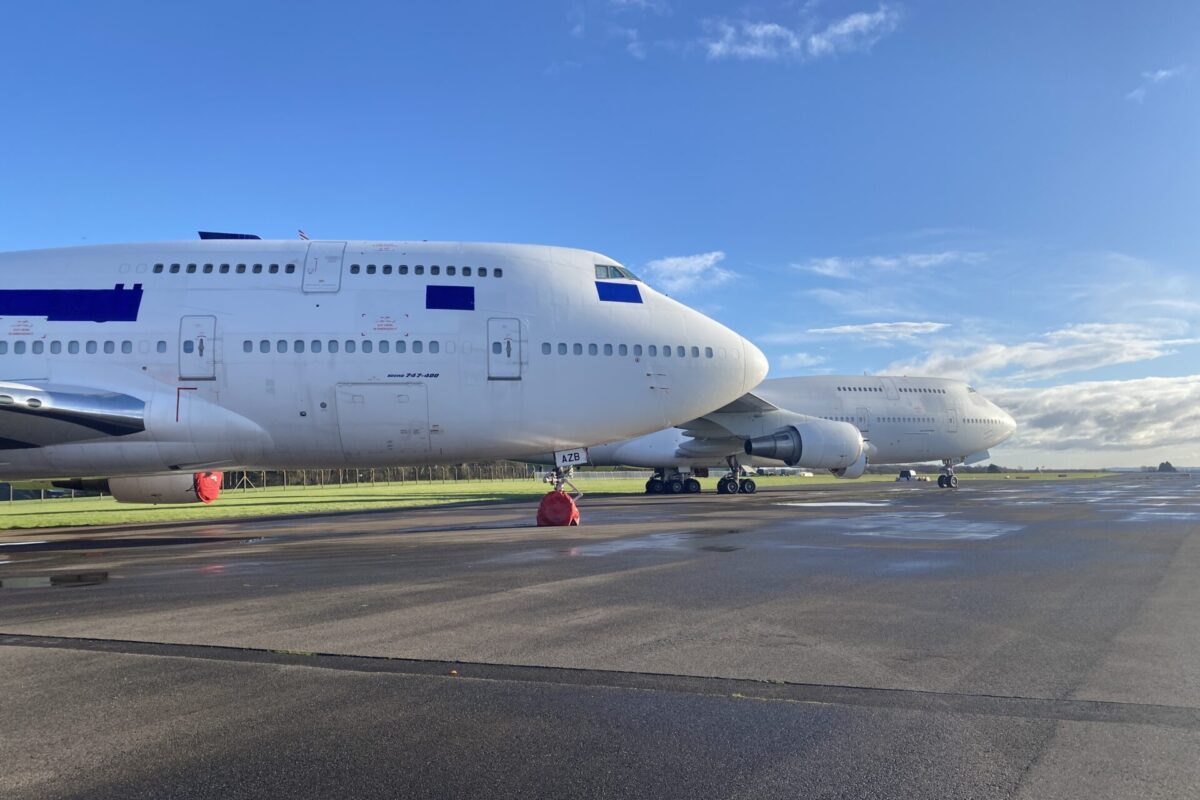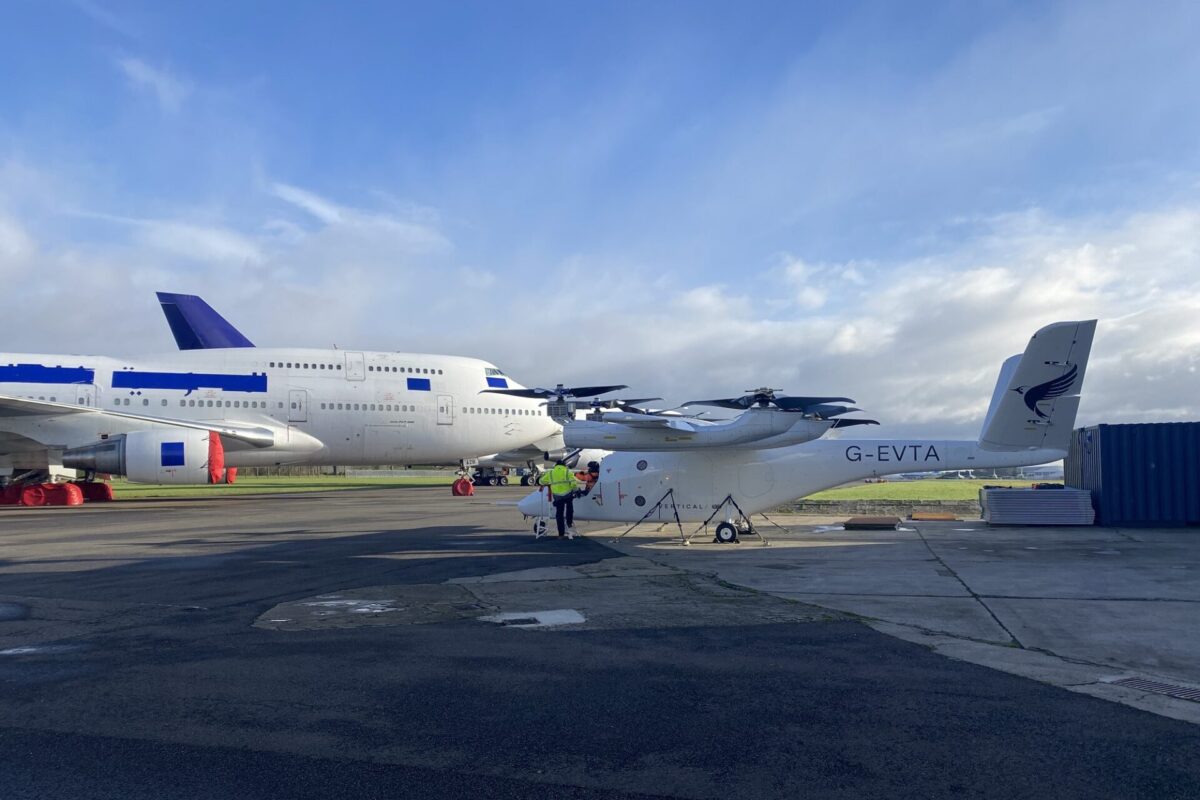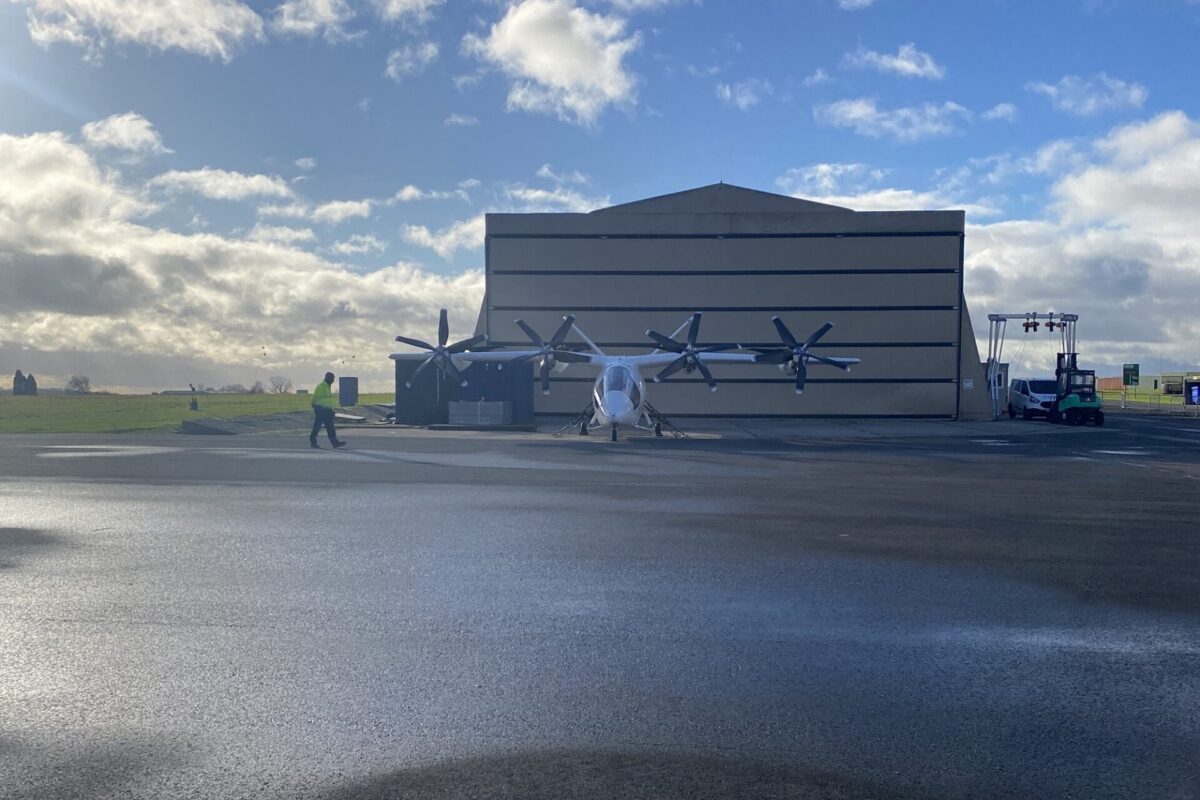After a few past wobbles, Vertical Aerospace has the feel of a company that is entering a new era of real significance backed up by an experienced, international team with a binding belief in its future success.
In just the past few weeks, the UK-based electric vehicle takeoff and landing (eVTOL) developer has announced new investment of up to $50 million in new committed funding from Mudrick Capital Management and celebrated further incredible flight tests at its base at Cotswold Airport (GBA)
Stuart Simpson, CEO at Vertical Aerospace, said in December 2024, that the new layer of funding set the company up for its “biggest year yet” with “piloted testing progress and major technological developments all on the cards”.
And then on January 24, 2025, there was even more good news for Vertical Aerospace after the eVTOL developer sold 15 million shares and landed further funding worth $90 million to fund its research and development expenses.
Vertical Aerospace does not aspire to be the first eVTOL certified by an aviation regulator, but its steady, dedicated and thoughtful approach is clearly starting to bear fruit with investors willing to back the project when other companies over the last few months appear to have fallen away.
Within the western world, the UK-based Vertical Aerospace is one of leading eVTOL developers, matched only by its US competitors Archer Aviation and Joby Aviation.
Other major achievements in 2024 included launching phase two VX4 piloted test flights followed by carrying out thrustborne flight maneuvers and once the Civil Aviation Authority (CAA) expands its Permit to Fly, Vertical will move to Phase 3 — wingborne flight tests.
Backed by the UK government, partnered with global suppliers and now even a darling of the British media, the momentum behind Vertical Aerospace is growing stronger by the day.
So, when AeroTime was invited for a recent visit to Vertical Aerospace’s testing hub outside Bristol there was no chance on Earth that the opportunity was going to be missed.
From the UK capital London, the flight test hub is just over an hour away by train followed by a short drive to Cotswold Airport (GBA) where hydrogen-power trailblazer ZeroAvia is also based.
If the Vertical Aerospace team were looking for aviation inspiration, they need not look too far with two retired Boeing 747s parked only 100 meters away from its hanger.
On arrival at Cotswold Airport, it was windy and cold but the sight of the VX4 parked up outside the hanger soon put a stop to any grumbles about the British weather.
At both the Dubai Airshow in November 2023 and Farnborough Airshow in July 2024, a series of real size aircraft mock-ups were on display by Archer Aviation, Wisk Aero and Lilium but seeing a real life operating eVTOL in person really struck home.
After a safety briefing inside one of the portacabins dotted around the site, Simon Davies, Chief Test Pilot and Peter Scheidler, Head of Flight Test, led the way to meet the VX4 close up.
You are immediately struck by the size of the aircraft, which is designed to carry a single pilot and four passengers at speeds of 150mph up to 150 kilometres, and just how robust the VX4 is.
Vertical Aerospace and its team of engineers and mechanics are not messing about, and there is a sense while in the presence of the aircraft that you are witnessing the development of something that is truly pioneering.
Former military fast-jet test pilot Davies explained that the VX4’s production is a collaborative effort with Leonardo building the fuselage, Norco the wings and Honeywell the cockpit avionics.
“We have some really big hitters that give us the extra horsepower to make a professional aerospace aircraft. We have big aerospace names doing major structures and systems and then the two things we have kept in house are the propellers and the battery,” said Davies.
Davies, who also has experience flying helicopters, describes flying VX4 as “kind of strange” with a similar sensation to piloting a helicopter due to the hover movement but at the same time feeling “completely different”.
According to Davies, the eVTOL is “much, much easier than flying a helicopter” thanks to reduction in operating complexities allowing the pilot to focus on “rates, speeds and accelerations”.
“The stick and rudder skills are an order of magnitude less demanding than any traditional aircraft,” said Davies.
The Vertical Aerospace team at the Cotswold Airport base is made up of many nationalities with around 50% British born and then a mix of Italians, Canadians, Americans and Brazilians.
Skills and experience have been built from previous jobs at places such as Airbus, Leonardo, Rolls-Royce and Embraer. Peter Scheidler was also previously part of the Leonardo AW609 program.
During a short tea break in the staff room, it was particularly interesting to chat informally with some of those helping to lead the next aviation revolution.
It’s clear a strong alliance had been built among all the employees and perhaps another pivotal reason why Vertical Aerospace are proving so successful in its flight test period.
Unfortunately, circumstances arose that did not make it possible to see the VX4 fly. However, the team would be performing some tests that involved firing up the aircraft motors.
Safely positioned away from VX4, and with Chief Test Pilot Davies at the cockpit controls, the aircraft would perform a high-powered run in which the eight propellers would be set in motion.
During development of the aircraft these types of tests were used to simulate various tasks of the VX4 to validate the prototype’s safety in real-world scenarios.
After a series of warms ups, Davies finally demonstrated the awesome power that the aircraft wields with a high-powered tethered ground run, an exhilarating experience that will certainly not to be forgotten.
#VerticalAerospace pic.twitter.com/eHu8VHHval
— Ian Molyneaux💙🇺🇦 (@Ian_Molyneaux_) February 6, 2025
If the day had ended there, then there could have been no complaints, but there was more to come at Vertical Aerospace’s Vertical Energy Centre which is understood to be the “UK’s most advanced aerospace battery facility”.
The Vertical Energy Centre, which opened in Bristol in 2023, supports the design, test, manufacture and commercialisation of Vertical’s custom-made battery pack for the VX4 aircraft.
The facility draws on a workforce that have previously developed technology at renowned organizations such as McLaren, the European Space Agency, Jaguar Land Rover, Airbus, Rolls-Royce and Dyson.
Overseeing development is Ross Crawford, Vertical Aerospace’s Operations and Manufacturing Director, who previously worked at Jaguar Land Rover.
Commenting on the facility Crawford made the point that Vertical Aerospace is focused on long-term volume deliveries as the company is “not going to be building one of these batteries or 10 of them, we going to be building a significant quantity of them in serious production”.
The team at the Vertical Energy Centre are performing critical tests to monitor how the battery cells respond to multiple conditions such as thermal propagation.
According to Vertical Aerospace, it is developing the aircraft battery in-house so it can match the unique requirements of the VX4.
“To own the design, to own the performance and earn the repeatable high-quality production, you’ve got to control it,” explained Crawford.
In one area of the facility environmental chambers are being used to test groups of battery cells while undergoing condition testing.
In one chamber there are 32 individual cell test channels where each one is subjected to a test cycle in which the temperature is monitored and the results used for future modelling.
“Every cell is put through a particular cycle so it can follow a mission profile, such as a very high discharge during take-off and landing, and we can then change that test profile,” said Crawford.
In 2022, Vertical announced a strategic partnership with Molicel, which combines the eVTOL developer’s proprietary battery pack design with Molicel’s cell technology.






